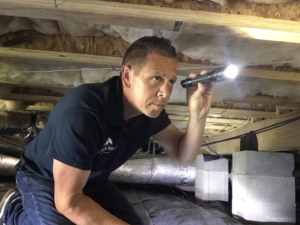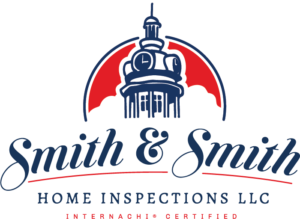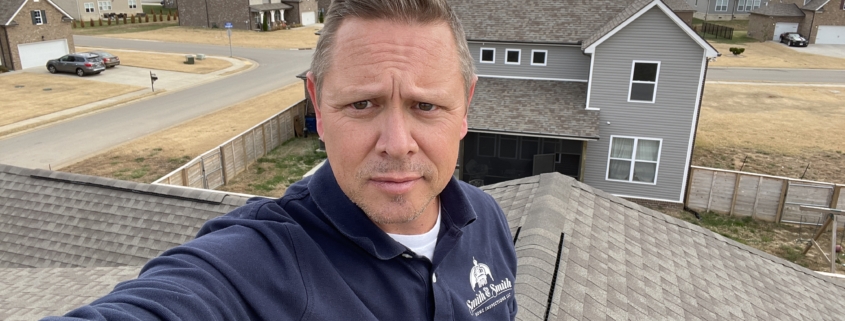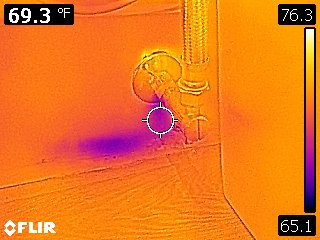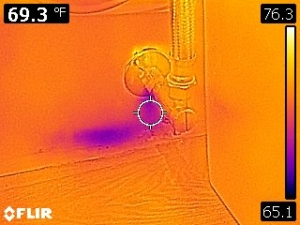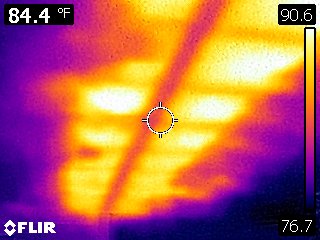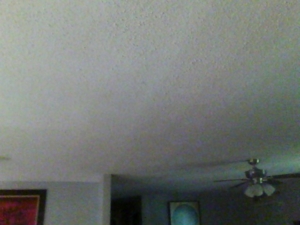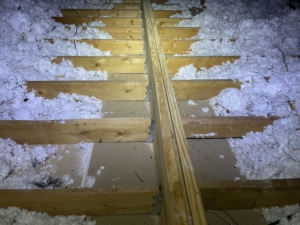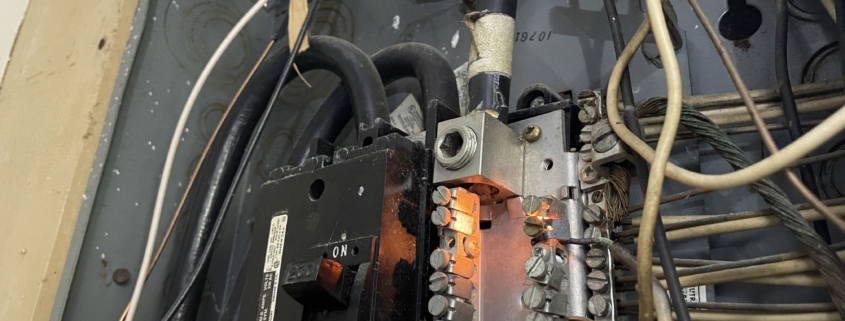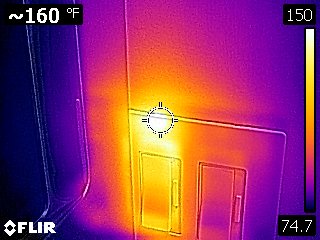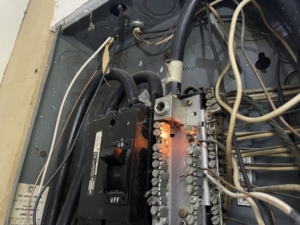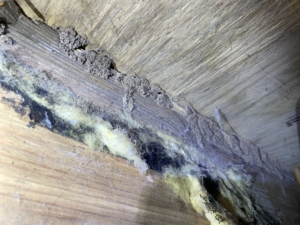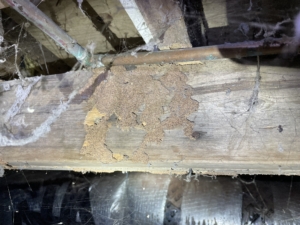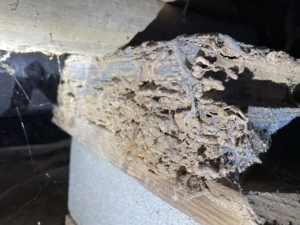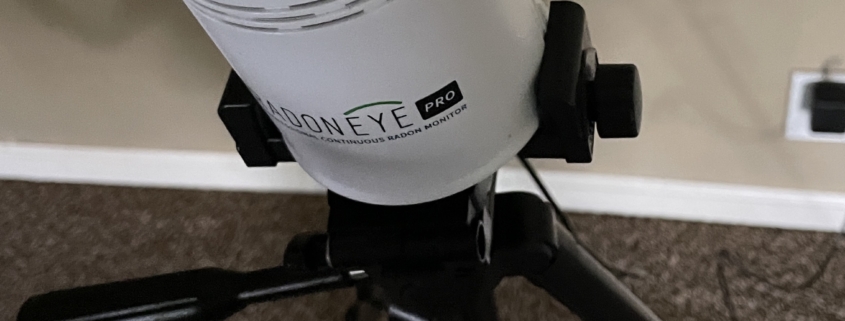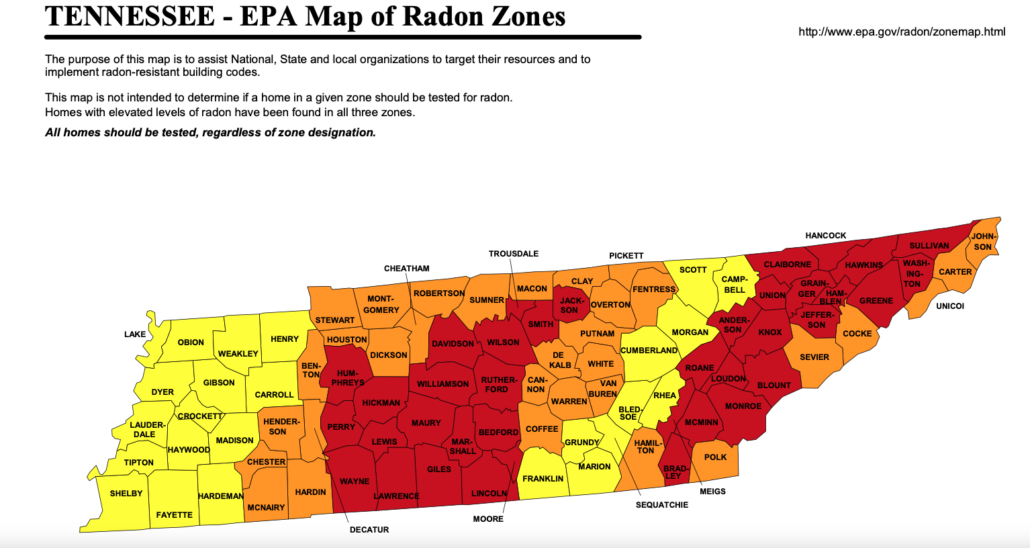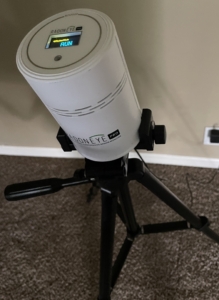As a homeowner, one of the most important things you can do to protect the integrity of your home is ensure that your roof is in good condition. While your roof plays a vital role in shielding your home from the elements, moisture intrusion is a common problem that can lead to serious damage if not addressed early. At Smith & Smith Home Inspections of Murfreesboro, TN, we understand the significance of keeping your roof shedding water and free from leaks.
In this post, we’ll walk you through the four major areas where moisture intrusion typically occurs on a roof, and how to spot potential issues before they turn into costly repairs.
1. Roof Valleys
Roof valleys are the areas where two roof slopes meet, forming a “V” shape. While these valleys are designed to direct water away from your home, they are also one of the most common places for moisture intrusion. Over time, debris, such as leaves, twigs, and even moss, can accumulate in these areas, obstructing proper water flow and causing pooling.

Additionally, the flashing that seals these valleys can become damaged or corroded, allowing water to seep through and into the roof decking. Without proper maintenance, this can lead to leaks inside your home.
How to prevent water intrusion in valleys:
- Keep the valleys clear of debris by regularly cleaning your gutters and performing roof inspections.
- Ensure that flashing is intact and properly sealed. If you notice any wear or rust, have it replaced immediately.
2. Around Chimneys and Skylights
Chimneys and skylights are other vulnerable areas of your roof. These features often require flashing and sealants to prevent water from seeping in. If the flashing is compromised—whether due to wear, shifting, or poor installation—moisture can easily find its way into the roofing structure.
With chimneys, the flashing around the base and where it meets the roof is especially susceptible to wear. Skylights can experience leaks from faulty seals or cracked glass, allowing rainwater to enter the home.


How to prevent water intrusion around chimneys and skylights:
- Have your chimney flashing inspected and replaced if necessary.
- Check skylight seals for cracks and ensure that they are properly sealed to prevent leaks.
- Consider installing a roof cap for chimneys to keep out rain and debris.
3. Roof Penetrations (Vent Pipes, Electrical Masts, and Other Fixtures)
Any penetration through the roof, such as plumbing vent pipes, electrical masts, or other fixtures, can be a potential source of leaks. These areas are often sealed with caulk or flashing to keep water from entering, but over time, these seals can deteriorate or shift, allowing moisture to seep through the roof.
This type of moisture intrusion is particularly problematic because it can be difficult to detect from the ground, especially if the seal has only deteriorated slightly. If left unaddressed, it can cause significant water damage to your attic or ceiling.

How to prevent water intrusion at roof penetrations:
- Regularly inspect and replace seals around roof penetrations.
- Ensure that flashing around vent pipes and other fixtures is tightly secured and in good condition.
- Check for any signs of discoloration or damp spots in your attic, which may indicate a leak around a roof penetration.
4. Eaves and Fascia Boards
The eaves and fascia boards, which extend beyond the exterior walls, are particularly susceptible because they are exposed to the elements, such as rain, snow, or wind-driven moisture. Over time, if gutters or downspouts become clogged or improperly maintained, water can overflow and saturate the roof edges and/or fascia boards, promoting leakage into the wall and attic areas.
Additionally, the roofing material at the eaves may deteriorate, especially if it is not properly flashed, allowing water to seep through. Poor ventilation in the attic or under the roof can also exacerbate the problem, trapping moisture and creating ideal conditions for mold growth or wood rot. Without proper drainage, flashing, and maintenance, eaves and fascia boards become a critical point for moisture intrusion, leading to potential damage to the home structure and interior spaces.


How to prevent water intrusion at eaves and fascia boards:
- Periodically make sure all gutters are clear of debris, and are sloped properly.
- Have drip edge flashings installed at the edges of the roof decking.
- Make sure shingle overhang is between 1/4 and 3/4 inch at both the eaves and rakes of a roof.
When Purchasing Your New Home, Avoid Unsightly Costs with a Thorough Home Inspection
Water intrusion on your roof can cause significant long-term damage, including rot, mold growth, and structural weakening. That’s why a home inspection is crucial in identifying problems before they get out of hand.
At Smith & Smith Home Inspections in Murfreesboro, TN, we offer thorough home inspections to help you stay ahead of potential issues. I’m trained to identify moisture intrusion in all the key areas of your roof, including valleys, around chimneys and skylights, roof penetrations, eaves and fascia boards.
If you’re buying a home or selling a home in the Greater Middle Tennessee Area, don’t hesitate to contact me. Protect your investment and your home with the peace of mind that comes from knowing all the possible defects and/or upgrades that should be addressed.
To schedule your home inspection, contact Smith & Smith Home Inspections today!




